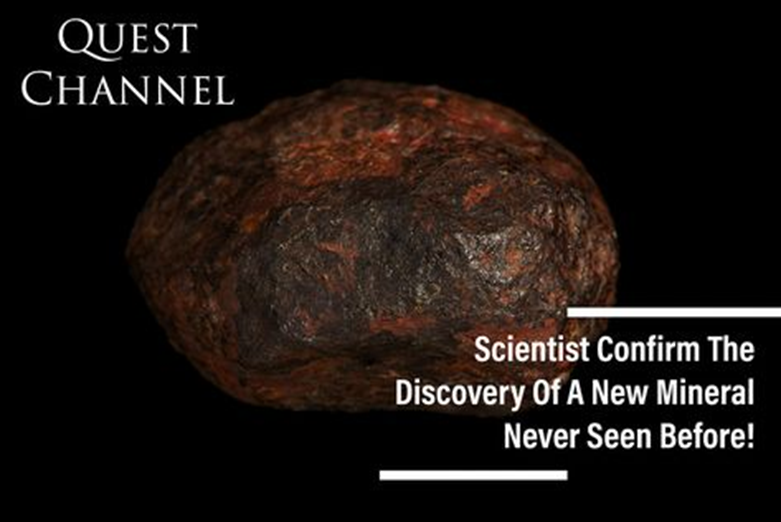The discovery of a new mineral in the remains of an ancient meteorite

Wedderburn meteorite (Museum Victoria, Australia)
Researchers in Australia announced the discovery of a new mineral inside the remains of a meteorite, and said that they had not seen this mineral before in nature. The mineral was found along the road to Wedderburn in the Australian state of Victoria, an area once famous for its gold prospecting.
The Wedderburn meteorite, found northeast of the city in 1951, was a small, 210-gram piece of strange-looking space rock.

It is believed that it had emerged from an ancient planet that no longer exists. And when it exploded, meteors came out of its heart into space. The Wedderburn meteorite was a large piece of the product of this exploding planet, this piece remained in space for millions of years before colliding with the Earth.
For decades, scientists have been trying to decipher its secrets, and the secret of the new metal is one of these secrets revealed by researchers in the study published in the "American Minerals" magazine last week.
In the current study, scientists at Caltech analyzed the Wedderburn meteorite and verified the first discovery of what they call edscottite, a rare form of iron carbide that has not been found in nature before. The new mineral is named after Edward Scott, a famous cosmologist from the University of Hawaii.

Wedderburn Meteorite Heart (Museum Victoria, Australia)
what's new?
Inside the Wedderburn meteorite, the researchers discovered through microscopic analysis that the crystals of the new metal are small white, and that this mineral is a mixture of carbon and iron atoms together, and they have been organized in a specific pattern.
d said. Stuart Mills, Senior Coordinator of Earth Sciences at the Museum of Victoria - in press statements - said that this meteorite had an abundance of carbon, "and as it was slowly cooled, iron and carbon combined and formed this new metal."
The study indicates the discovery of an industrial substance previously in iron smelters, specifically the stage that iron passes through at a time when it is smelted into steel, and this substance resembles the newly discovered metal. The difference here is that Edscotite was not known or discovered to occur naturally, so it was not named and its properties known before.

Scientists have discovered about six hundred thousand minerals through laboratory experiments, but less than six thousand of them were found to have been formed in nature.
Source: websites

